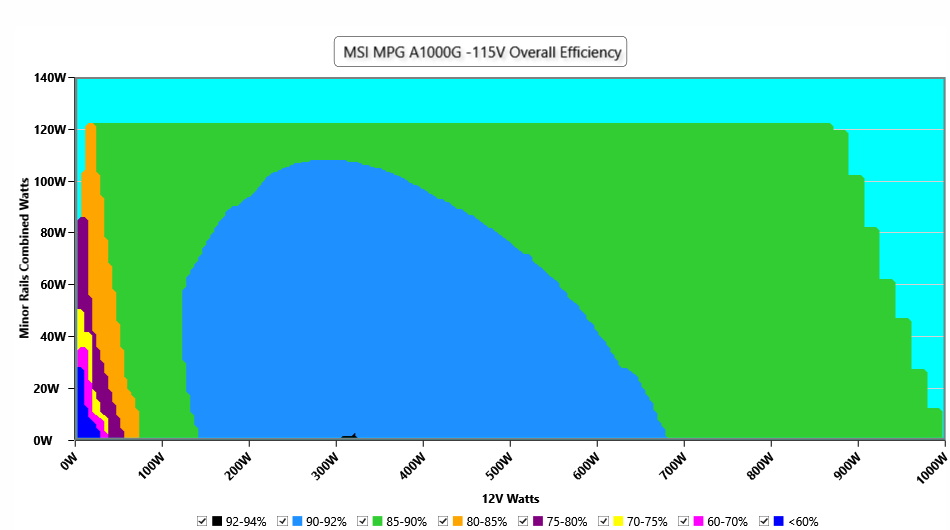Why you can trust Tom's Hardware
Protection Features
Check out our PSUs 101 article to learn more about PSU protection features.
|
OCP (Cold @ 24°C) |
12V: 104A (124.55%), 11.966V |
|
OCP (Hot @ 41°C) |
12V: 104.2A (124.79%), 11.983V |
|
OPP (Cold @ 26°C) |
1243.38W (124.34%) |
|
OPP (Hot @ 45°C) |
1243.4W (124.34%) |
|
OTP |
✓ (154°C @ secondary side) |
|
SCP |
12V to Earth: ✓ |
|
PWR_OK |
Accurate but lower than 16ms |
|
NLO |
✓ |
|
SIP |
Surge: MOV |
OCP is properly set at 12V, but we cannot say the same for the minor rails, especially 3.3V. There is no point in delivering so many Amps at 3.3V. Lastly, OPP is properly configured, too, and there is over temperature protection.
DC Power Sequencing
According to Intel’s most recent Power Supply Design Guide (revision 1.4), the +12V and 5V outputs must be equal to or greater than the 3.3V rail at all times. Unfortunately, Intel doesn't mention why it is so important to always keep the 3.3V rail's voltage lower than the levels of the other two outputs.



No problems here since the 3.3V rail is always lower than the other two.
Cross Load Tests
To generate the following charts, we set our loaders to auto mode through custom-made software before trying more than 25,000 possible load combinations with the +12V, 5V, and 3.3V rails. The deviations in each of the charts below are calculated by taking the nominal values of the rails (12V, 5V, and 3.3V) as point zero. The ambient temperature during testing was between 30 to 32 degrees Celsius (86 to 89.6 degrees Fahrenheit).
Load Regulation Charts
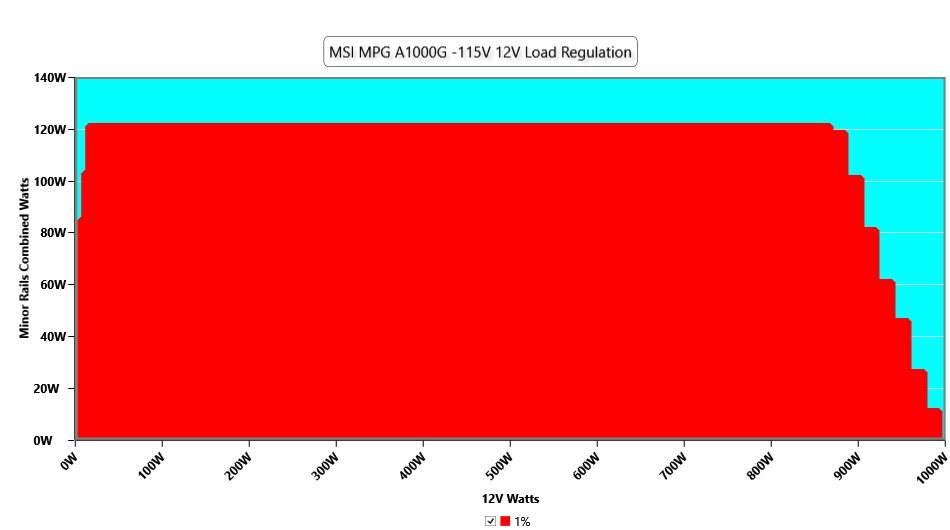

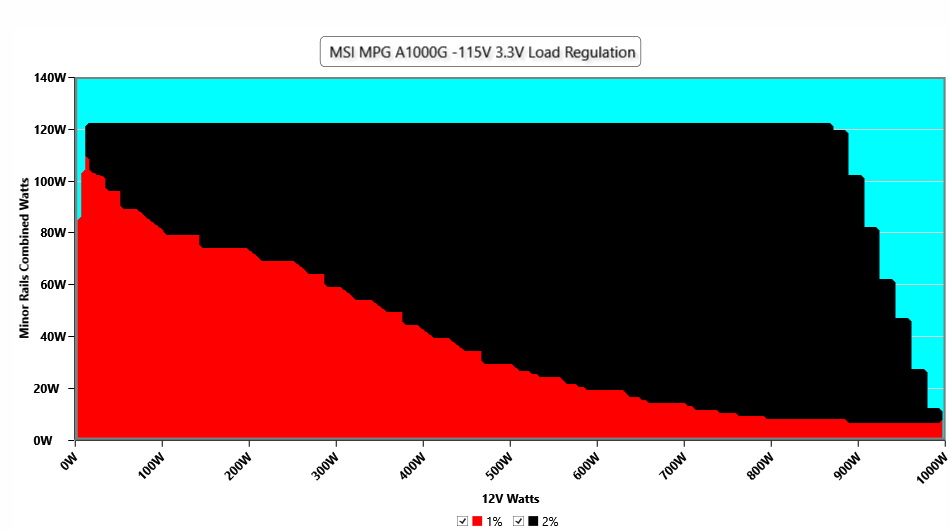
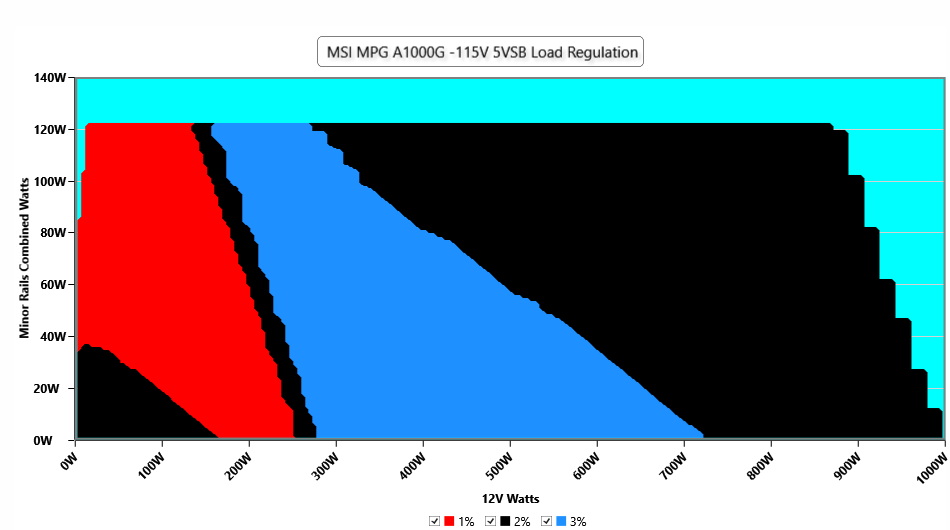
Efficiency Graph
Ripple Graphs
The lower the power supply's ripple, the more stable the system will be and less stress will also be applied to its components.
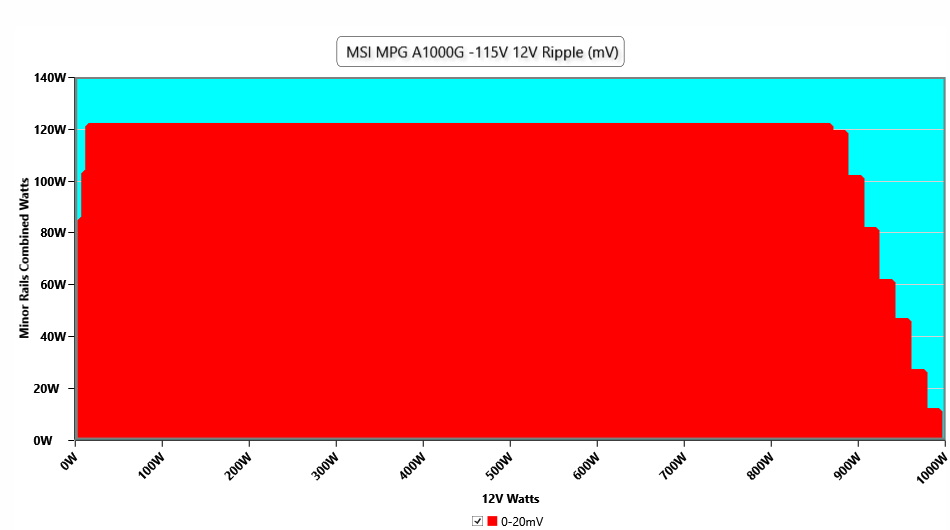

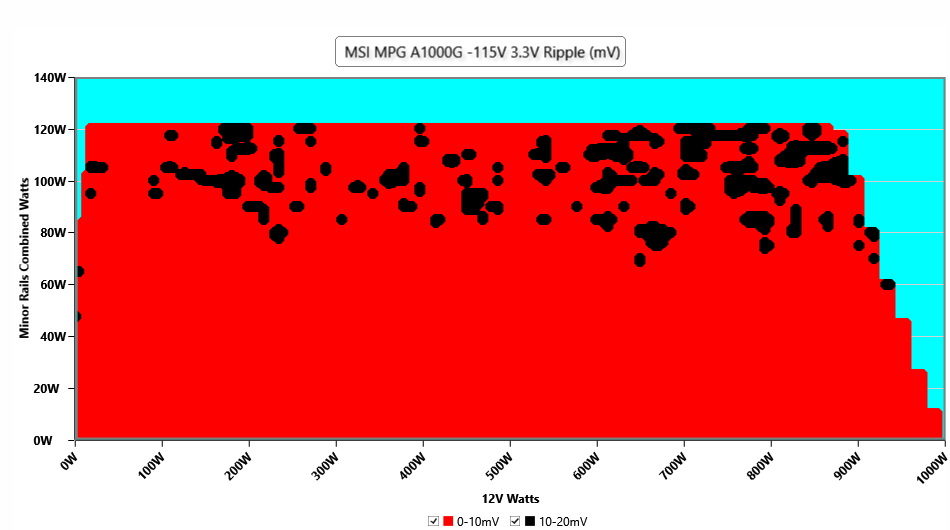
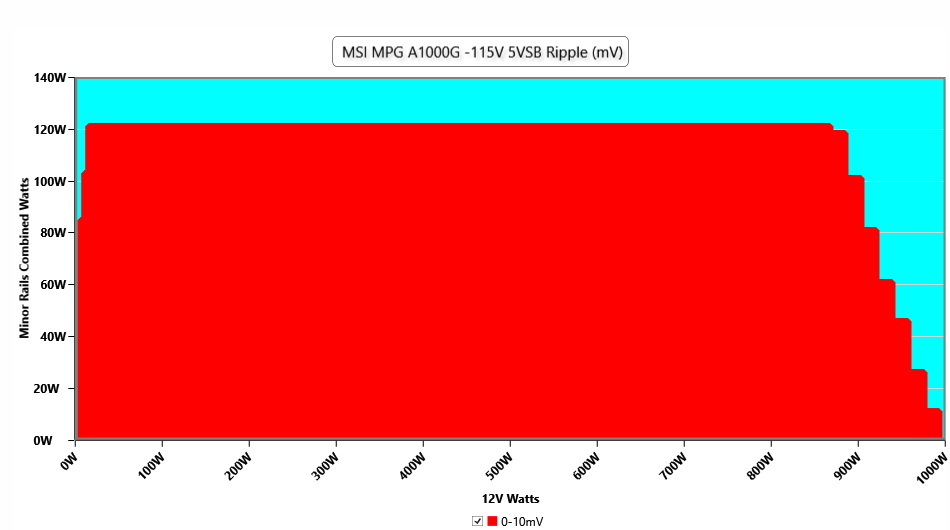
Infrared Images
We apply a half-load for 10 minutes with the PSU's top cover and cooling fan removed before taking photos with a modified Fluke Ti480 PRO camera able to deliver an IR resolution of 640x480 (307,200 pixels).
Get Tom's Hardware's best news and in-depth reviews, straight to your inbox.


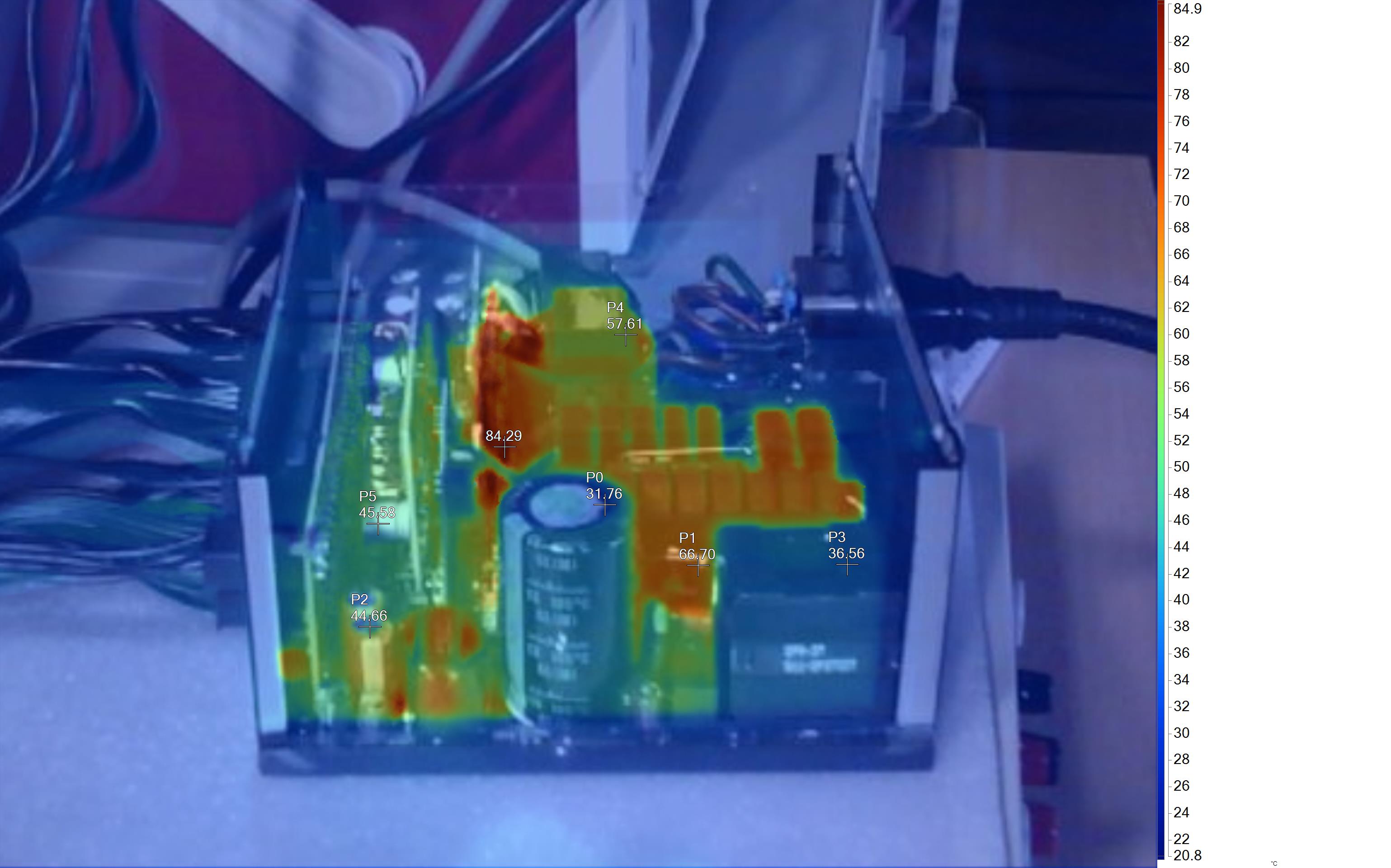
The hottest part is the board holding the 12V FETs. With the fan in operation, the temperatures on this board will be under control, but it requires good airflow.
MORE: Best Power Supplies
MORE: How We Test Power Supplies
MORE: All Power Supply Content
Current page: Protection Features, DC Power Sequencing, Cross-Load Tests and Infrared Images
Prev Page Load Regulation, Hold-Up Time, Inrush & Leakage Current, Efficiency and Noise Next Page Transient Response Tests, Timing Tests, Ripple Measurements and EMC Pre-Compliance Testing
Aris Mpitziopoulos is a contributing editor at Tom's Hardware, covering PSUs.
-
vinay2070 Would AIBs be using the 12 pin GPU connectors for Ada? Or is it just nvidia reference cards? I read that Radeon cards will stick to the existing 8 pin connectors.Reply -
dk382 Thank you for the review. I've been looking at ATX 3.0/PCIe 5.0 power supplies, and I assume this one is very similar to the A1000G version with the new PCIe 5 connector that's available for $200.Reply
I face palmed when I first saw the fan grill on that PSU, came here, and was completely unsurprised to find that it's a little noisy. How much quieter would it be if it just had a normal fan grill instead of all that metal that's currently blocking the fan? What's the point of such a stylized design if it's just gonna be face-down in a PSU shroud anyway? All it's doing is adding unnecessary impedence when combined with your case's own PSU fan grill and dust filter.
